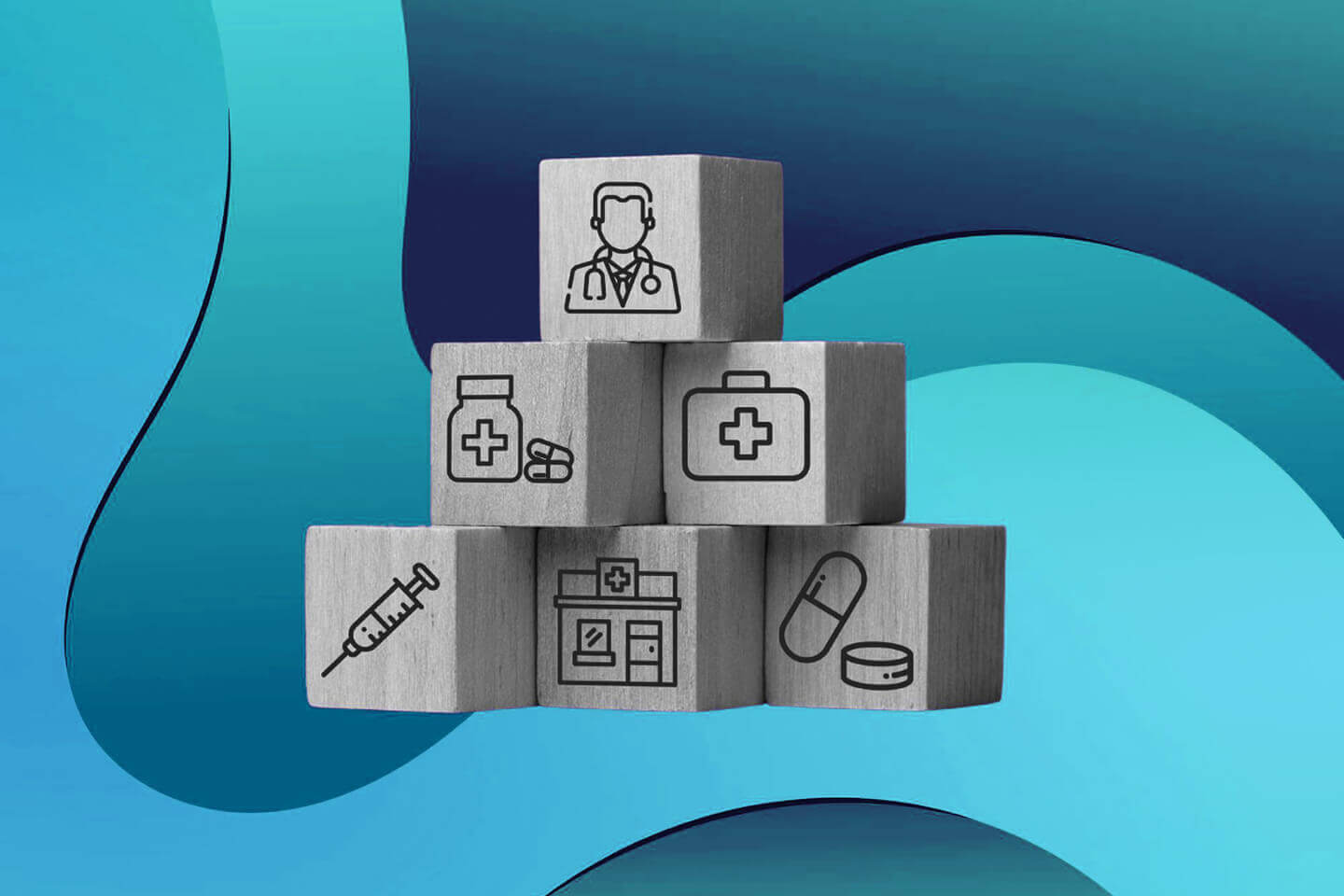Measuring Healthcare KPIs is of vital importance. The improvement of performance and productivity depends on the ability to identify strengths and weaknesses and address them adequately. Measuring KPI outcomes is particularly crucial for the healthcare industry and it can be performed in seven ways listed below.
Effectiveness of care
Effectiveness of care outcome measure evaluates compliance with the best practice care guidelines and achieved outcomes. Failure to adhere to the latest standards and guidelines can have negative consequences for patients and lead to complications, high readmission rates, increase mortality, just to name a few. When healthcare professionals do not comply with the latest best practices it also harms the business side of the healthcare industry.
Timeliness of care
When measuring business processes it’s also useful to evaluate the timeliness of care. The goal is to ensure that patients get much-needed care right on time to improve health outcomes. Better health outcomes are a sign of an effective business process. On the flip side, if patients don’t get timely care, it could indicate the whole chain including the business and financial side of the process should be modified.
Length of stay
Length of stay refers to the length of time between a patient’s admittance to and discharge from the hospital. Taking these healthcare KPIs into account is an excellent measure of care efficiency, but also business processes. The longer the patient stays at the hospital the more money is required to care for them. At the same time, increased length of stay also raises the risk of infections and other complications. In other words, length of stay provides useful insight into different kinds of processes in hospitals ranging from business to health measures. Information obtained from patients during their hospital stay can also help improve the effectiveness of business processes. For example, it could be useful to evaluate patient lifestyle habits, see whether they use supplements and products such as THC detox pills which could provide doctors valuable info about the treatment course and potential health outcomes, but healthcare professionals could also hand out useful tips to help patients become healthier.
Incidents
Hospital incidents are unintentional consequences or side effects of hospital procedures. These healthcare KPIs evaluate the ability of healthcare professionals to provide high-quality, comprehensive care to patients without inducing a negative reaction. Tracking the incidence is vital to understanding the effectiveness of the business process in a healthcare facility and demonstrates the level of care administered. It allows hospitals and clinics to change their business procedures to provide greater care level and reduce the number of incidences.
Readmission rates
Readmission rates refer to the percentage of patients admitted into the same or another hospital within 30 days after they have been initially discharged for the same condition or complications associated with it. Not only do readmission rates speak volumes about health outcomes, but they also provide useful information about business processes and how to improve them. High readmission rates are the sign of ineffective business processes that influenced the level of care provided to those patients. Healthcare KPIs measuring business processes could improve the treatment and lead to better outcomes thus decrease readmission rates.
Patient feedback
For quite some time healthcare providers have worked to collect the PROMs (patient-reported outcome measures) which demonstrate function and health status reported by patients. The consistent and widespread use of PROMs proved to be elusive for many reasons including the unclear reliability and the complexity of the measures tracked. That being said, the healthcare industry started moving away from this measure and focuses less on the significance of asking the patient about the outcomes. But, this is an important tool that healthcare providers should employ. Instead of questioning the importance of PROMs, they should consider developing simpler approaches for getting feedback from patients. These simpler methods wouldn’t replace PROMs but complement them. In other words, PROMs are not applicable for all types of healthcare KPIs should be employed in aspects where they are applicable as the patient-reported outcomes could give a valuable insight into the quality of care and treatments they received. All of this can also help measure overall business processes inside some clinic or institution.
Mortality rate
Mortality rates are crucial healthcare KPIs to take into consideration regardless of the aspect you want to analyze. The main goal in the healthcare industry is to reduce the mortality rate caused by diseases, medical errors, and other factors. That’s why mortality can also elucidate the efficacy of the business process, expenses, and other financial aspects associated with business operations within the healthcare industry. This allows healthcare providers to adjust their treatments and level of care to reduce mortality rate but also to ensure better efficacy of the business processes in their working environment.
Conclusion
Measuring healthcare KPIs leads to improved financial status and health outcomes. Through measurement and improved business processes, healthcare facilities can improve their level of care and ensure patients have lower readmission rates, decreased mortality, and more favorable health outcomes that lead to an improved quality of life.
Mary Walton is an editor at Academized, educational service for students. Also, she blogs on Simple Grad (check her CustomWritings.com Review). Mary helps at Australian Do My Homework website that helps students improve writing skills.

